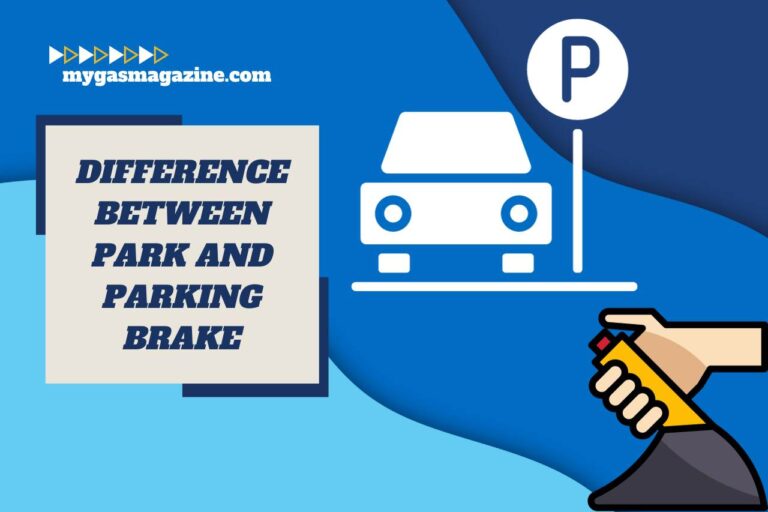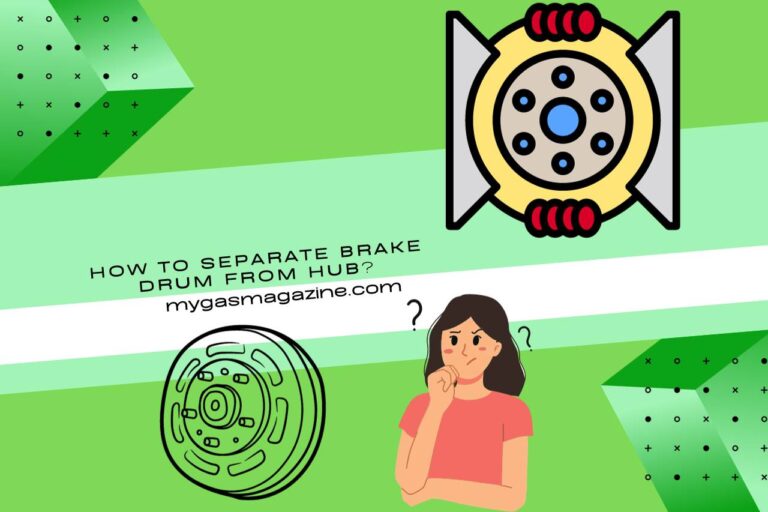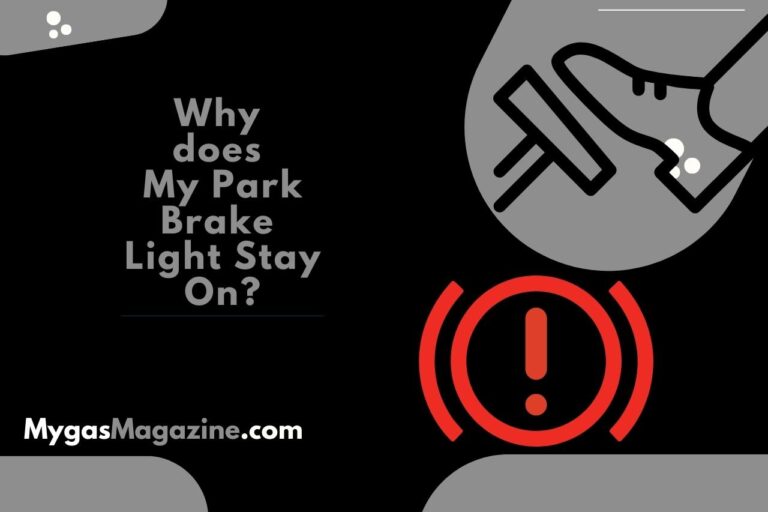Does Brake Bleeding Sequence Matter?
Is it true that the sequence of brake bleeding matters? Brake bleeding is a crucial procedure that removes air bubbles from the brake lines, ensuring your brakes function properly. But here’s the kicker: the sequence in which you bleed your brakes can make all the difference. We will discuss this topic today.
Does Brake Bleeding Sequence Matter?
Yes, the sequence matters. The brake bleeding sequence is critical for optimal brake system performance. Proper bleeding removes air bubbles, which can cause a spongy pedal and reduce braking efficiency. Following the manufacturer’s recommended sequence ensures that hydraulic pressure builds up correctly, pushing air out of the system.
This approach maintains balance among the brake circuits, preventing uneven braking. It also improves brake pedal feel, providing a firm and responsive pedal. Most importantly, it enhances safety by reducing the risk of brake failure, especially in emergencies.
Therefore, adhering to the correct bleeding sequence is essential for maintaining effective brakes and ensuring safe driving conditions.
What is the Correct Sequence When Bleeding Brakes?
A typical sequence for a vehicle with a diagonal split brake system (where the front left brake is connected to the rear right brake, and vice versa) is as follows. However, note that the correct sequence for bleeding brakes varies depending on the vehicle’s brake system configuration.
- Start with the brake farthest from the master cylinder, which is usually the rear passenger-side brake.
- Move to the rear driver-side brake.
- Proceed to the front passenger-side brake.
- Finish with the front driver-side brake, which is closest to the master cylinder.
For vehicles with a different brake system configuration, such as a straight or dual-diagonal split system, consult the vehicle’s manual or a repair guide for the correct bleeding sequence. Following the correct sequence ensures that air is effectively removed from the brake lines, maintaining optimal brake performance.
Why should I start brake bleeding from the farthest corner?
Starting brake bleeding from the farthest corner (usually the rear passenger-side brake) is important for several reasons:
Air Purging
The air tends to rise in the brake lines, so starting at the farthest wheel helps purge the system of trapped air more effectively. This ensures that all air bubbles are expelled, which is crucial for maintaining brake system efficiency.
Hydraulic Pressure Build-Up
Bleeding brakes in a specific sequence allow hydraulic pressure to build up gradually in the brake lines. This gradual pressure build-up helps push any remaining air towards the bleeder valve, making it easier to remove.
Preventing Air Re-Entry
Starting at the farthest corner reduces the risk of introducing air back into the system. If you start bleeding from a closer wheel, air from the farther wheels may be pushed back into the lines as you bleed the closer wheels.
Proper Brake Balance
Bleeding brakes in the correct sequence helps maintain the balance of the brake system. Each wheel has its hydraulic circuit, and bleeding in the correct sequence ensures that each circuit is properly bled, preventing one brake from engaging before the others.
What Happens If You Don’t Follow the Correct Sequence When Bleeding Brakes?
If you don’t follow the correct sequence when bleeding brakes, several issues can arise. Air may remain trapped in the brake lines, leading to a spongy brake pedal and reduced braking performance.
Additionally, improper bleeding can cause an imbalance in the brake system, with some wheels receiving more braking force than others. This can result in uneven braking, which can be dangerous, especially in emergency situations.
Furthermore, not following the correct sequence can introduce air back into the brake lines, undoing the bleeding process and requiring you to start over. Overall, not following the correct bleeding sequence can compromise the effectiveness of your brakes and jeopardize your safety on the road.
Does the Bleeding Sequence Change if Only One Brake Line Needs to Be Bled?
Yes, the bleeding sequence can change if only one brake line needs to be bled. In this case, you would typically start with the affected brake and then move to the remaining brakes in the correct sequence.
For example, if you need to bleed the rear driver-side brake, you would start with that brake and then move to the rear passenger-side brake, followed by the front passenger-side brake, and finally the front driver-side brake.
This approach ensures that any air introduced into the system during the bleeding process is pushed toward the bleeder valve of the unaffected brakes, minimizing the risk of introducing air into those lines.
Can I Use a Different Bleeding Sequence if the Recommended Sequence is Not Feasible?
While it’s generally recommended to follow the manufacturer’s specified bleeding sequence, there are situations where you may need to use a different sequence if the recommended one is not feasible.
For example, if access to one of the brake calipers is obstructed or if a particular bleeder valve is damaged and cannot be opened, you may need to adjust the sequence.
In such cases, you can use a modified sequence that still prioritizes bleeding the brakes farthest from the master cylinder first. However, it’s important to bleed all four brakes as soon as possible to ensure that the entire system is properly bled.
If you’re unsure about the best approach, consult a professional mechanic or refer to a repair manual for your specific vehicle.
Related


Meet Lakith, the driving force behind MyGasMagazine.com. A seasoned mechanic with over 7 years of hands-on experience in our family-run Gas Mag Garage, Lakith combines his technical expertise with a deep passion for cars. His journey in the automotive world began alongside his father, learning the intricacies of car repair and maintenance. Today, as the founder of MyGasMagazine.com, Lakith shares his wealth of knowledge, offering readers a unique blend of practical advice, industry insights, and engaging stories from the vibrant car culture of Sri Lanka.


![Do Brake Pads Have Asbestos? [Pros and Cons]](https://mygasmagazine.com/wp-content/uploads/2023/12/How-Long-do-brake-pads-last-2-768x530.jpg)




![Brake Pads Not Wearing Evenly? [Causes and Fixes]](https://mygasmagazine.com/wp-content/uploads/2023/12/How-Long-do-brake-pads-last-6-768x530.jpg)
One Comment
Comments are closed.